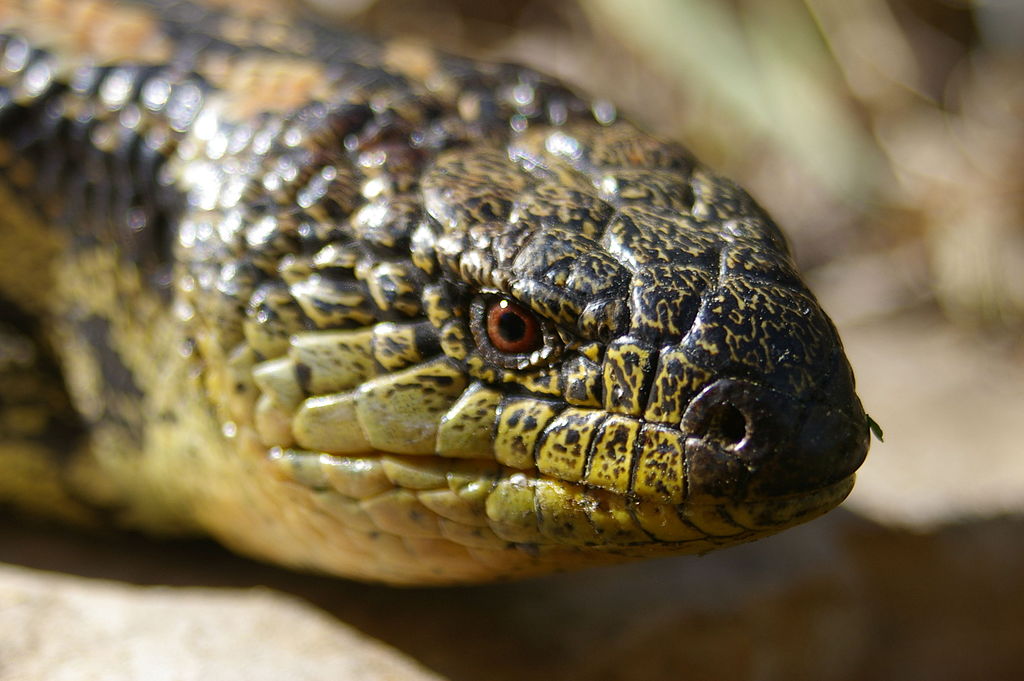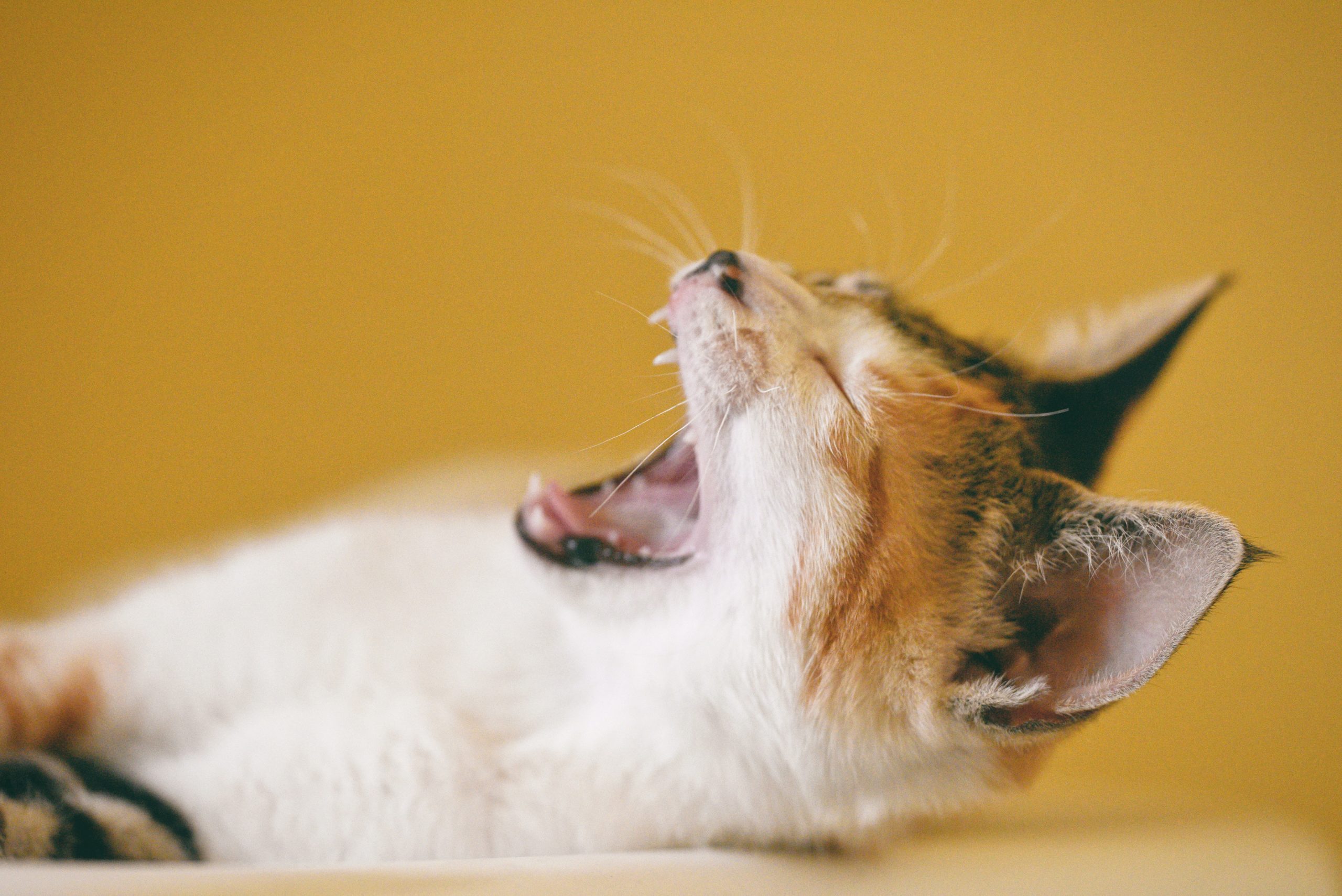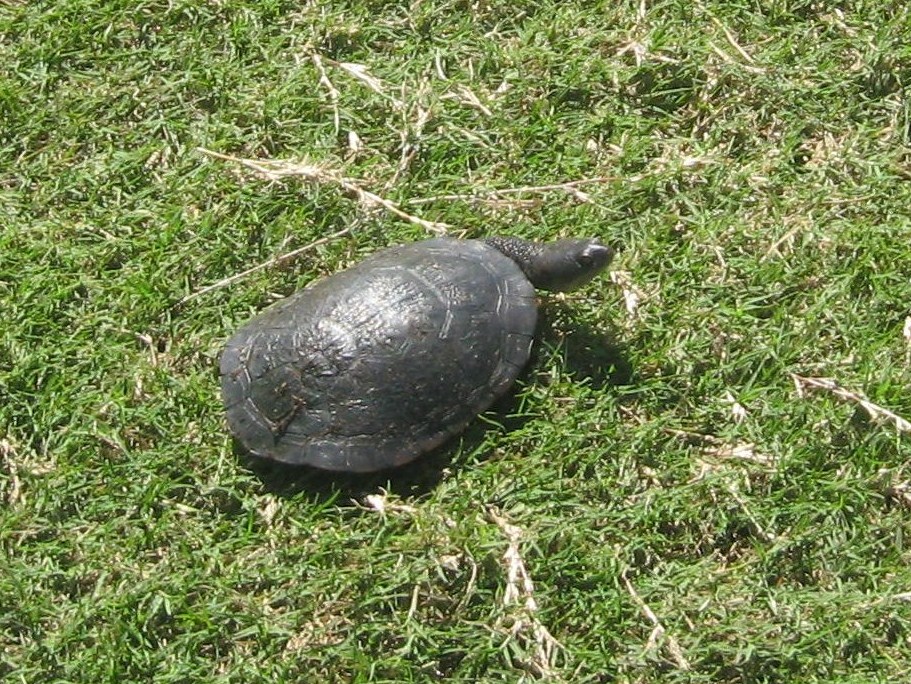Commonly kept snakes in Australia include Carpet Pythons and Children’s Pythons. These can be obtained from breeders and dealers, but will grow to become quite large.
Carpet snakes are arboreal, so cages need to be tall to allow for branches that these snakes like to lie on. Most Pythons are nocturnal, and your management must reflect this.
Can you keep a snake?
Before purchasing a reptile, you should firstly obtain a good book and visit other herpetologists. This will enable you to gather as much information as possible on your reptile’s requirements (housing, feeding, care, etc.). If you have never kept reptiles before, this is absolutely essential. I have found a good basic book to be “Care of Australian Reptiles in Captivity” by John Weigel, published by the Reptile Keepers Association.
Each State or Territory has different regulations regarding the keeping of reptiles, and all prospective herpetologists (reptile keepers) should visit their local Parks and Wildlife office to ensure they understand fully all legal requirements.
Housing
If your snake is still young you will need to keep it inside. A 1 metre aquarium is suitable for Children’s Pythons, but you will need a higher cage for Carpet Pythons. Cover the floor with large gravel, and then provide hiding places (a pile of leaves and bark, a terracotta pot, a box or a hollow log).
For Carpet Pythons, these hiding places should be fairly high in the cage. Add a shallow water dish that can’t be tipped over. Ensure that the cage is kept dry, as these snakes do not do well in humid environments.
Heating
Heating should be provided at one end of the cage, creating a temperature gradient between 20ºC~28ºC. At this hot end, a perch can be provided, allowing the snake to get even warmer if it desires. (But make sure it cannot directly touch the heat source, or burns may result.) Blue or red lights, although a little cooler, can be used to provide heat at night. UV light can be provided by special reptile UV lights, or by allowing the snakes access to direct unfiltered sunlight for at least 30 minutes daily.
Feeding
Snakes will eat a variety of warm–blooded prey, such as mice, rats, guinea pigs and chickens. This prey should always be fed dead – live rodents may injure and even kill snakes. If necessary, use a long pair of tongs to simulate the prey moving. Snakes should be fed weekly or even less frequently – obesity is a major problem in snakes. A sensible meal should create a small swelling in the snake’s mid–region.
General care
Your snake will slough its skin several times each year. The skin will appear dull, and then start to look opaque. Be very careful handling your snake at this stage, as the new skin underneath can be quite fragile. Providing a rock or rough piece of bark for the snake to rub against can be helpful. If the skin does not shed completely, try soaking your snake in warm water for 10 minutes and then gently pull the skin clear. Never force this process, and if soaking your snake, never leave it unattended in the water.




